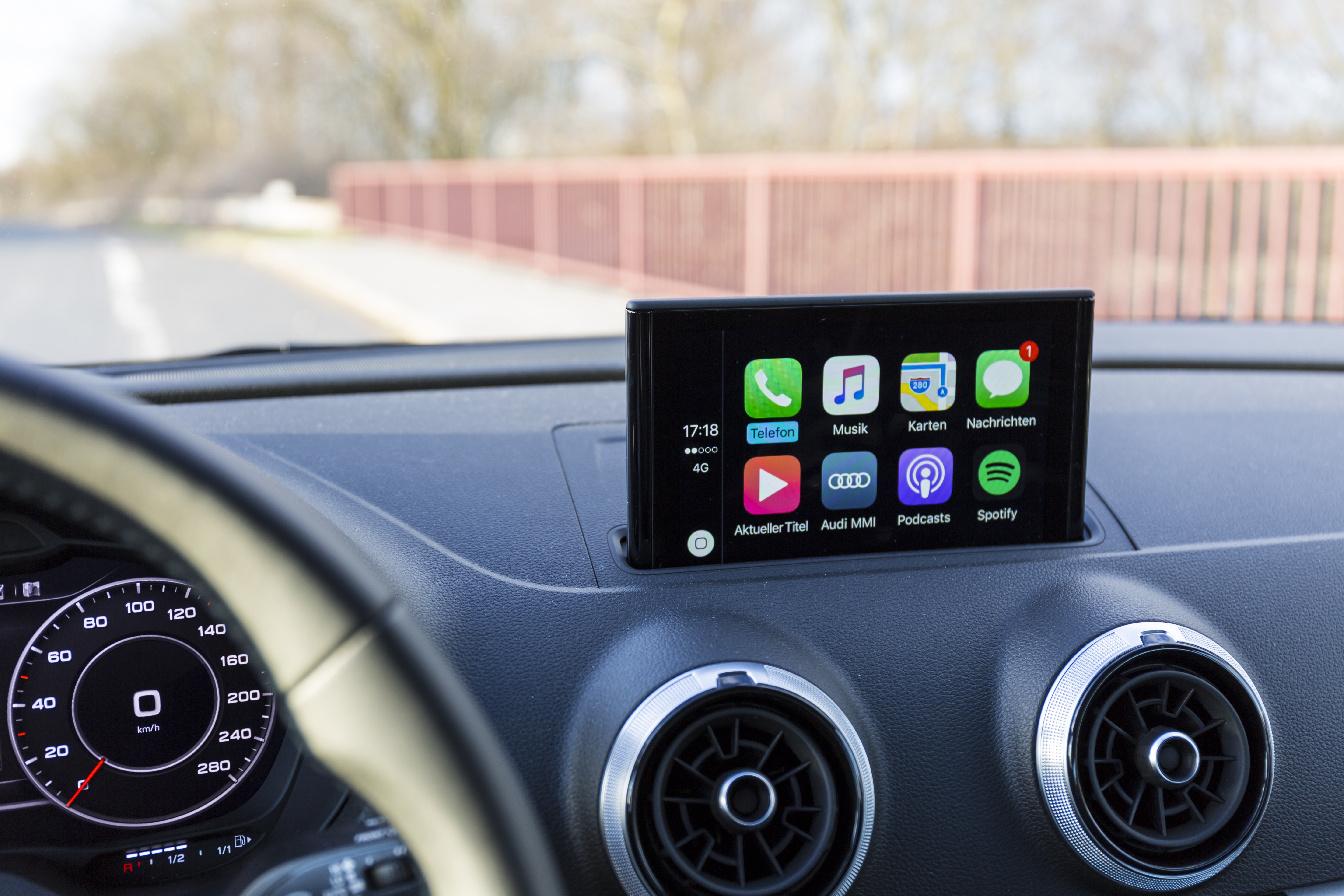Smarter Quality Systems for Smart Products: Managing Embedded Technology in New Product Development

Consumer preference is growing for smarter, more intuitive products, from door locks that can be unlocked remotely using your cell phone to integrated smart home systems that network your heating and lighting systems into “Echo” type voice recognition remotes on your home Wi-Fi network. While consumers love the conveniences afforded by these systems, they are starting to realize that many of these new technologies put their privacy and, in some cases, their safety at risk.
The New York Times published an article about keyless ignition systems that have been spoofed by enterprising car thieves. They’ve developed a key fob emulator that allows them to open most of these cars that use these keyless ignition systems. A leading medical device manufacturer recently posted a warning on their smart insulin pump. Hackers can exploit vulnerabilities in the pump’s system to turn this lifesaving device into a potentially dangerous weapon. A lot of responsibility will inevitably fall back on the designer and manufacturer.
Traditional quality control tools and methods have not kept pace with the evolution of embedded technology and smart products. Common engineering and design tools have remained much the same for decades. Many manufacturers are still using spreadsheets. APQP is largely the same. We still leverage design and process Failure Modes Effects Analysis tools limited to design and process constructs. And we still use our PLM tools more like “PdM,” mostly for CAD data management.
As manufacturers embed technology into their smart products, they need to make the systems on which those products are designed and manufactured smarter, too. Let’s think about some of these methods, and the implications of embedded technology.
• Advanced Product Quality Planning: APQP needs to evolve to include verification and validation into the Stage Gate process. While many manufacturers are procuring their applications and chips from third parties, they need to ensure the sourcing companies are properly qualified.
• Design and Process Failure Modes and Effects Analysis. Companies need to expand their thinking about using FMEAs beyond these two conventional constructs, such as Product Safety FMEAs and demographic FMEAs. Dealing with all of these considerations, especially if you have many products, requires specialized software to support decision making. Spreadsheets aren’t going to cut it.
• PLM (Product Lifecycle Management) and ALM (Application Lifecycle Management). These are very effective mechanisms for managing both the electro-mechanical and the software embedded technology aspect of new product development and introduction. Inspection and test requirements are very different in form and mechanics for embedded technology versus what must be considered for qualification and functional use cases.
• Verification and validation. Verification concerns the assurance that individual requirements function as intended at both the unit level and as a system. Validation is focused on assuring that the primary design elements are acceptable. In other words, “Did we build the right product,” and “Did we build the product correctly?” Looking at all the components of smart products, manufacturers can get caught up in the details of individual pieces, and they lose sight of what their original intention was in the design as a whole.
• Supply Chain Management. With embedded technologies, manufacturers must develop clear and complete requirements specifications for suppliers. They must be able to assess suppliers using competent auditors, that are experienced in assessing the fitness of a supplier to follow and employ best practices for software and chip development and testing, maintain appropriate configuration management and source controls, and understand other third parties that are involved in the product and solution to be provided. Supplier checklists and contingency plans are essential.
• Process control. The new generation of the ISO standards starting with ISO 9001:2015 through ISO 13485:2015 and now IATF 16949:2016 have an increased emphasis on process controls. Inputs, outputs, process steps, personnel responsibilities, flowcharts, validation, performance measures, employee competency and qualification – these are all components that have to be planned and work together to fulfill quality requirements.
• Real-time data-based decisions. Ongoing tracking of data via reports or Statistical Process Control Charts are critical to understanding how production is tracking against design and process requirements.
The more complex the item produced and the larger the mix of technologies used, the greater the risk. But this risk can be identified and managed with the proper tools.
View this webinar to explore the requirements of each of these areas for managing the increasing complexity of smart products and embedded technology.


